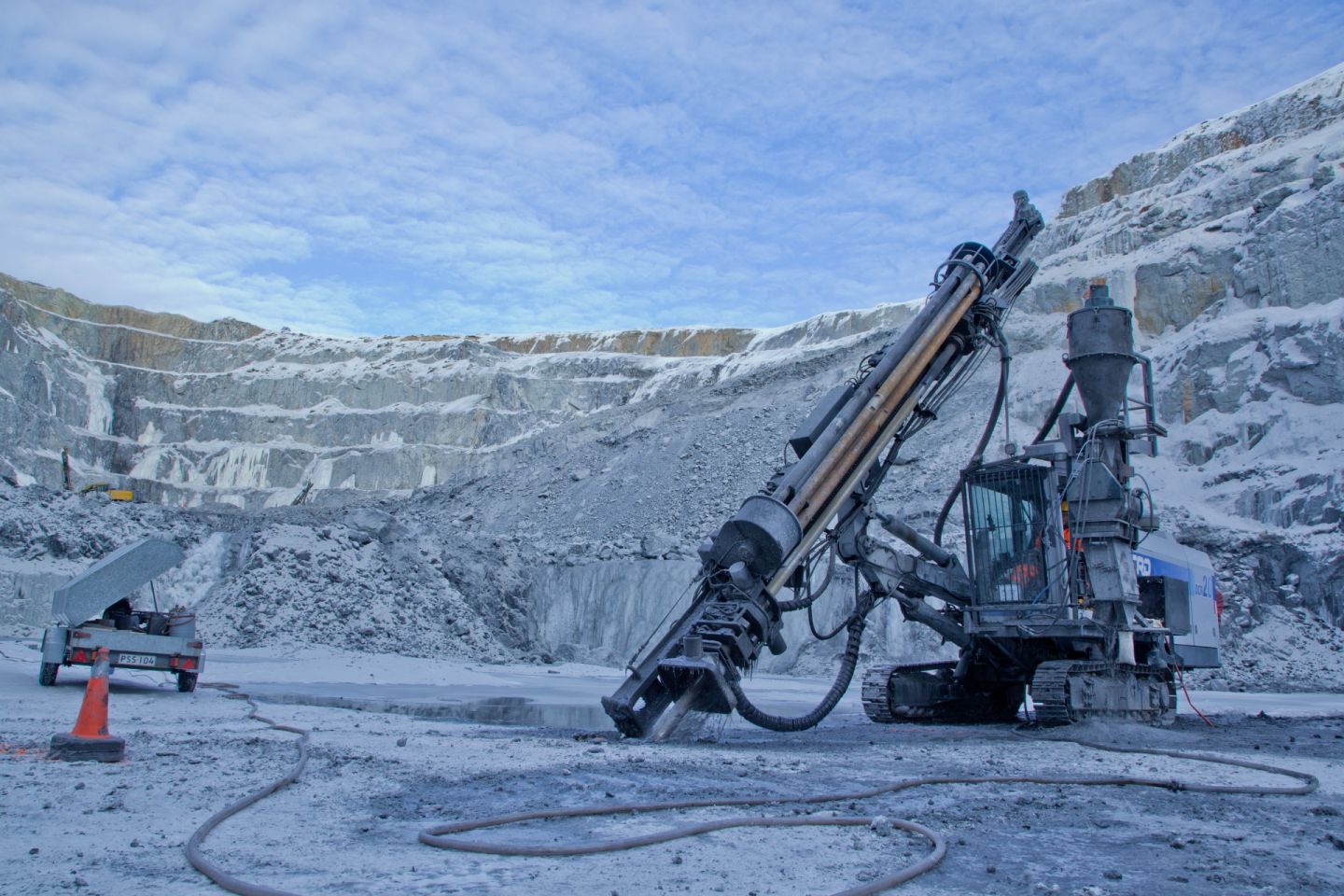Jobs and Investments in Mining.
What is it about?
After a few difficult years, things are looking bright again for the mining industry in Lapland. The industry has re-gained its positive image after the Talvivaara and Terrafame scandal, and mining has become more responsible. The Network for Sustainable Mining was set up to promote dialogue between different stakeholders in mining and solve potential conflicts related to tourism, reindeer husbandry and the environment. New, cleaner technologies are an important opportunity for mining. However, the industry’s positive employment effects are not well known, and there is a shortage of competent staff.
World market prices for raw materials have remained low, but logistics costs, which affect the industry’s profitability, have increased.
Importance for Lapland
Last year, the turnover of mining industry in Lapland grew by 28 per cent, and many businesses are planning new investments. All the mines in Lapland are increasing their production volume. In 2016, the turnover of the mining industry in Lapland amounted to EUR 460 million, and the mines provided employment for 1,410 people directly and for up to 3,000 people indirectly. The largest mines in Lapland are the Kevitsa nickel and copper mine and Pahtavaara gold mine in Sodankylä and the Suurkuusikko gold mine in Kittilä. In addition to these, there is a chromium mine that serves the Tornio steel plant.
Prospective mine projects:
Sakatti (Anglo American, AA Sakatti Mining in Finland)
A nickel and copper mine project on a Natura site in Viiankiaava, Sodänkylä. The company has a total of 830 square kilometres of claims in Sodankylä. The turnover of the Sakatti mine could be up to a billion euros, and it could create 1,500 new jobs in the area.
Sokli (Yara)
The first plans regarding the phosphorous deposit in Sokli, Savuskoski, were made decades ago. The plan is to exploit the phosphorous ore on the surface of the carbonatite massif using open pit mining. The affected area is approximately 300 hectares. Yara is hoping that the Finnish state will participate in the Sokli railway project. The estimated turnover of Sokli is EUR 500 million, and it could create 1,000 new jobs in the area.
Suhanko (Gold Fields Arctic Platinum)
This plan covers the largest mine project in Europe, located in Ranua, Tervola and Rovaniemi. The total area would be nearly 10,000 hectares, and the mine would produce platinum metals, copper, nickel, cobalt and gold. Gold Fields Arctic Platinum applied for a five-year extension to the validity of its mining licence, because work has not started in the area yet. The estimated turnover and employment effects of Suhanko equal those of Sokli.
Rompas (Mawson Resources)
Ore exploration in Ylitornio and Rovaniemi has revealed high concentrations of gold, and the best sites are located in protected areas. There is also uranium in the area, and before the gold finds, the plan was to establish a uranium mine on the site. The decision to establish the mine has not been made yet, but if the plan is implemented, its estimated turnover is EUR 150 million, with 500 people employed.
The estimated total turnover from the new mines is EUR 2 billion, and they could create 4,000 new jobs in the area.
You can also load briefing paper (pdf) which tells about the mining of Lapland.
Published 10/2017



